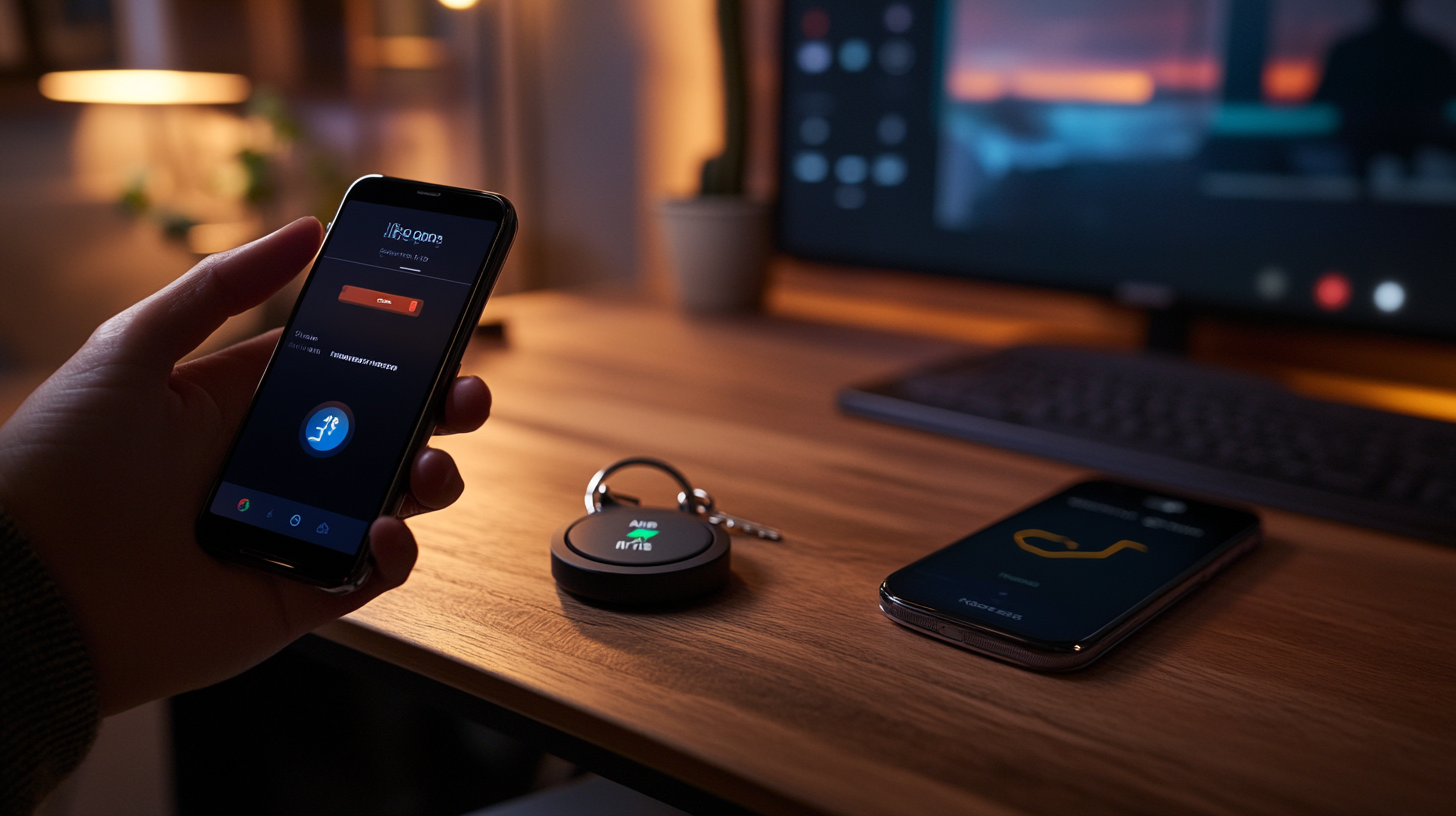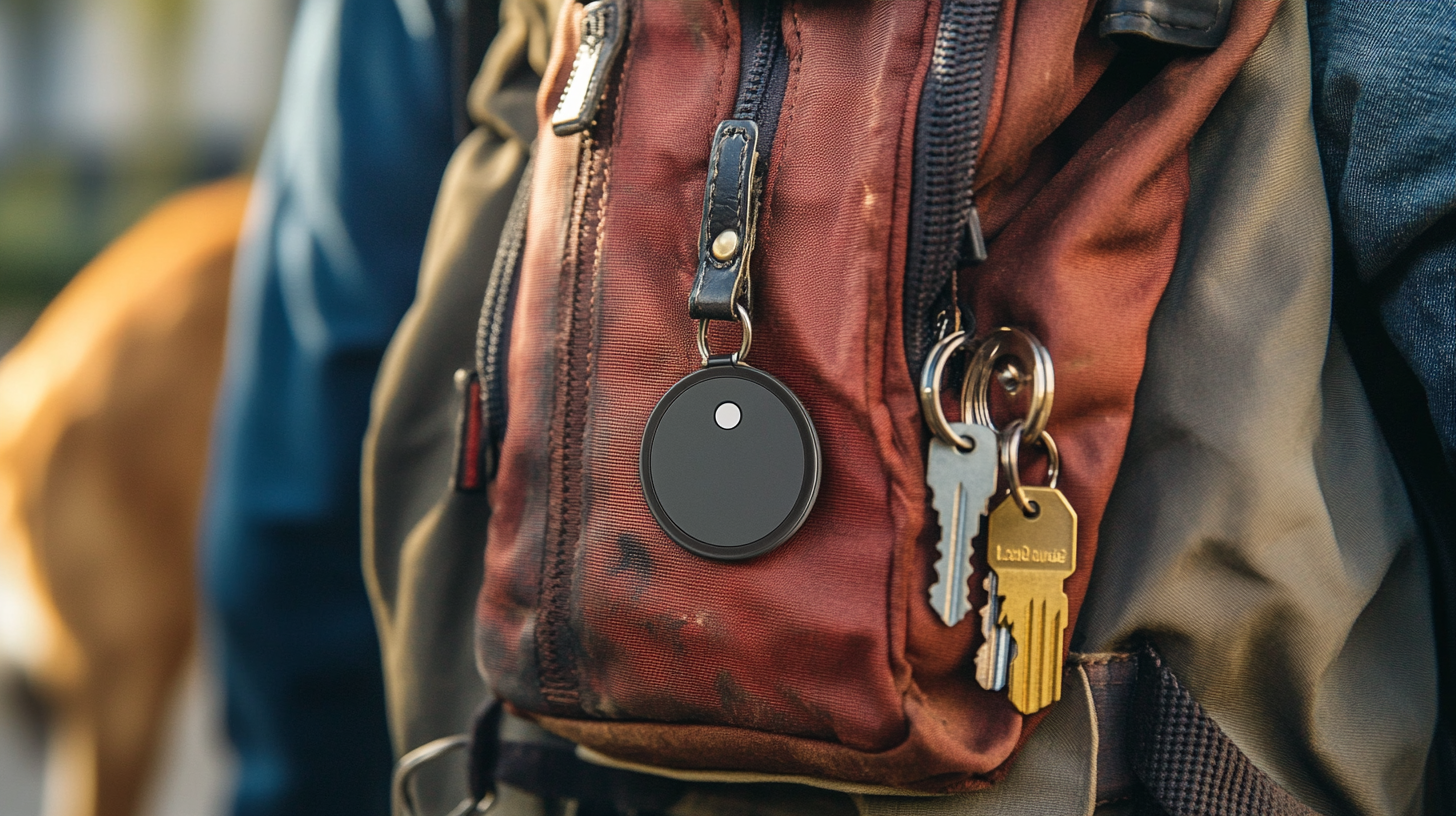How Long Do AirTags Last: A Comprehensive Guide

How Long Do AirTags Last: A Comprehensive Guide

Apple’s AirTags have quickly become an essential accessory for many iPhone users, offering a seamless and innovative way to keep track of personal items like keys, wallets, backpacks, and even pets. These small, coin-shaped devices harness the power of Apple’s vast ecosystem to provide real-time tracking and peace of mind. One of the most common questions about these compact tracking devices is, “How long do AirTags last?” This comprehensive guide delves deep into the battery life of AirTags, factors affecting their longevity, and provides practical tips on replacing and extending their lifespan.
Understanding AirTag Battery Life

AirTags are designed with simplicity and longevity in mind, ensuring users have a hassle-free experience right out of the box. Each AirTag is powered by a replaceable CR2032 coin cell battery, a standard 3V disposable battery that is widely available in stores and online. Under normal usage conditions, an AirTag’s battery is expected to last about a year, providing long-term functionality without constant attention.
This estimation is based on typical use, which includes occasional pings through Apple’s Find My network and standard interactions. Even with frequent use, many users have reported their AirTag batteries lasting between 10 to 14 months. This impressive longevity makes AirTags a reliable and low-maintenance solution for item tracking, fitting seamlessly into daily life without the need for constant battery checks or replacements.
Factors Affecting Battery Life

While the one-year battery life is a helpful guideline, several factors can influence how long an AirTag battery actually lasts:
- Usage Frequency: Frequent use of energy-intensive features like Precision Finding—which utilizes Ultra Wideband technology for exact location tracking—or triggering the AirTag to play a sound can accelerate battery depletion. For instance, if you’re regularly using your AirTag to locate misplaced items throughout the day, this increased activity will consume more power.
- Environmental Conditions: Exposure to harsh environments can affect battery efficiency. Humid climates, extreme temperatures (both hot and cold), and altitude can impact how the battery performs. For example, using an AirTag on luggage that’s frequently subjected to varying cargo hold temperatures during flights might experience slightly different battery life.
- Find My Network Interactions: AirTags rely on the Find My network, which uses Bluetooth signals from nearby Apple devices to update their location. Continuously checking the AirTag’s location via the Find My app or having the AirTag frequently relay location information can slightly impact battery life over time. Impact of Network Usage on AirTag Battery Life
Monitoring Your AirTag’s Battery Level

Unlike smartphones or other gadgets, AirTags do not display an exact battery percentage. Instead, the Find My app on your iPhone provides general battery status updates. When the battery is running low, you will receive a “Low Battery” notification, prompting you to replace it soon. This design choice keeps the user interface clean and straightforward.
It’s important to note that with the iOS 16 update, users can no longer view exact battery percentages for their AirTags. The notification serves as the primary alert for battery replacement. This means staying attentive to these alerts is crucial to ensure uninterrupted tracking of your valuables. Understanding AirTag Notifications After iOS Updates
Replacing the AirTag Battery

One of the conveniences of AirTags is the ease with which you can replace their batteries. The process is quick and doesn’t require any special tools:
- Hold the AirTag with the stainless steel back cover facing you.
- Press down firmly on the back cover.
- While pressing, twist the cover counterclockwise until it stops rotating, usually less than a quarter turn.
- Remove the cover and take out the old CR2032 battery.
- Insert a new CR2032 battery with the positive side (marked with a “+”) facing up.
- Align the three tabs on the cover with the slots on the AirTag.
- Press down on the cover and twist it clockwise until it locks into place with a click.
When selecting a replacement battery, ensure it is a standard CR2032 coin cell without a bitterant coating. Some battery manufacturers apply a bitterant to discourage children from swallowing them. However, Apple warns that batteries with bitterant coatings may not work properly with AirTags due to potential issues with battery contacts. Quality batteries like the Energizer Lithium CR2032 or the Duracell 2032 are recommended for optimal performance. Best Batteries for Apple AirTags
Extending Your AirTag’s Battery Life

To maximize the lifespan of your AirTag’s battery and get the most out of each one, consider the following practical tips:
- Limit Energy-Intensive Features: Use features like Precision Finding and sound alerts judiciously. While they are incredibly useful when you need them, limiting their use when unnecessary can conserve battery power. For example, if you generally know where your keys are but occasionally misplace them, reserve these features for those times rather than using them habitually.
- Store Correctly: Keep your AirTag away from extreme temperatures and humid environments when possible. If you’re not using an AirTag for an extended period, storing it in a cool, dry place can help preserve battery life. For instance, if you have an AirTag on seasonal items like holiday decorations, consider removing the battery during the off-season.
- Monitor Usage: Be mindful of how often you interact with your AirTag via the Find My app. Reducing unnecessary checks can prevent minor battery drain over time. Setting up notifications for when the item leaves or arrives at a location can reduce the need for manual checks. Tips for Efficient AirTag Use
- Use Quality Batteries: Investing in high-quality batteries can make a significant difference. Premium batteries tend to last longer and provide more reliable performance, ensuring your AirTag remains functional when you need it most.
Additional Considerations

AirTags are built not just for functionality but also for durability and ease of use. Here are some features and tips to keep in mind:
- Water Resistance: AirTags have an IP67 rating, making them dust-tight and resistant to water immersion up to 1 meter for 30 minutes. This means they can withstand the occasional splash or accidental drop in water. However, after replacing the battery, ensure the back cover is tightly sealed to maintain this protection. Maintaining AirTag’s Water Resistance After Battery Replacement
- Global Tracking: AirTags leverage Apple’s vast Find My network, which consists of hundreds of millions of Apple devices worldwide. This allows for item location updates even if they are thousands of miles away, as long as they are within range of any Apple device. This feature is particularly useful for tracking luggage during international travel or items that may have been lost far from home.
- Privacy and Security: Apple has implemented features to prevent unwanted tracking. If an unknown AirTag is found to be moving with you over time, your iPhone will alert you. Understanding how these features work can help you use AirTags responsibly and address any privacy concerns. AirTag Privacy Features and Security Measures
- Safety Precautions: Handle batteries carefully, especially around children. Dispose of old batteries properly or recycle them when possible to minimize environmental impact. Many electronics stores and recycling centers accept used batteries.
Monitoring and Alerts

For peace of mind and to ensure continuous tracking capabilities, consider setting a calendar reminder to check your AirTag’s battery after 11 months of use. While the Find My app will alert you when the battery is low, proactively monitoring can prevent unexpected depletion, especially before important events like travel. If you’re planning a trip, it’s a good idea to replace the battery beforehand to avoid any potential issues. Pre-Travel Checklist for AirTag Users
Real-Life Scenarios and Testimonials

Many users have shared stories of how AirTags have helped them recover lost items. For example, a traveler who misplaced their luggage during a flight was able to inform airline staff of its exact location, expediting the recovery process. Another user tracked down a lost set of keys dropped during a hike in a remote area, thanks to the Find My network and a well-maintained AirTag. These experiences highlight the value of keeping your AirTag’s battery in optimal condition to ensure it’s ready when you need it most.
Final Thoughts

AirTags offer a convenient and reliable way to keep track of your belongings, blending seamlessly into the Apple ecosystem and your daily routines. Understanding the factors that influence their battery life and knowing how to replace the battery ensures that your AirTags remain functional when you need them most. By following the tips outlined above, you can maximize the longevity of your AirTags and enjoy seamless tracking for over a year on a single battery.
Follow us back to Seat 5A for more insights and updates. Staying informed about your devices and practicing proper maintenance not only extends their usability but also enhances their efficiency. With minimal effort, your AirTags will continue to be a valuable accessory, providing peace of mind and helping you keep track of what matters most. Remember, a small amount of attention to their care can make a significant difference in their performance.






